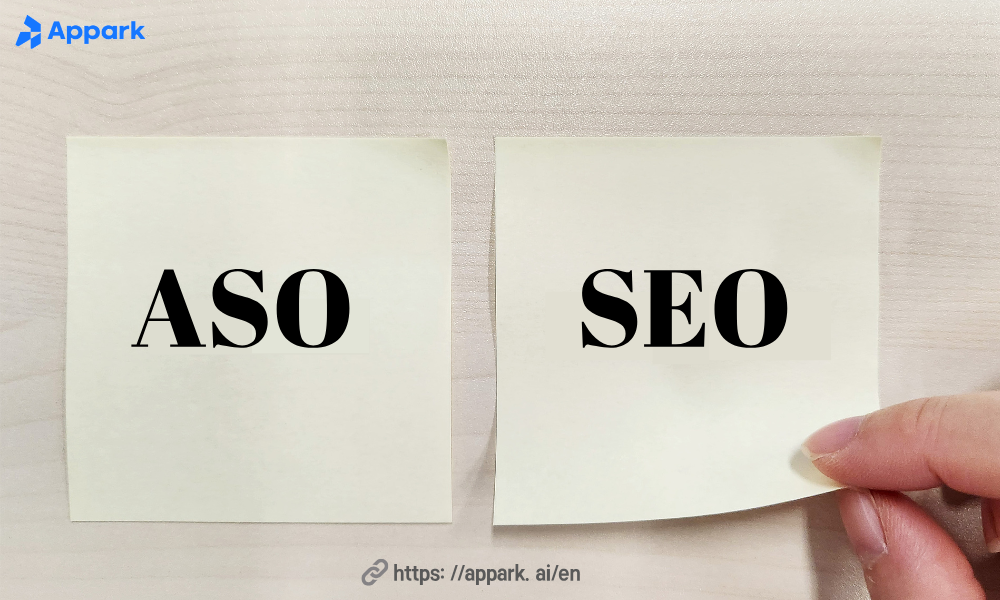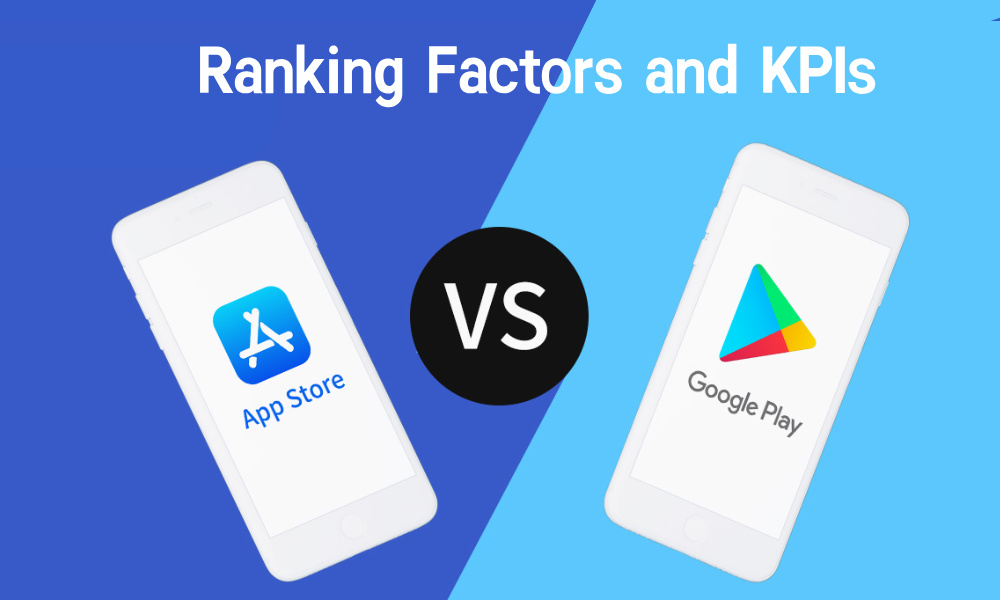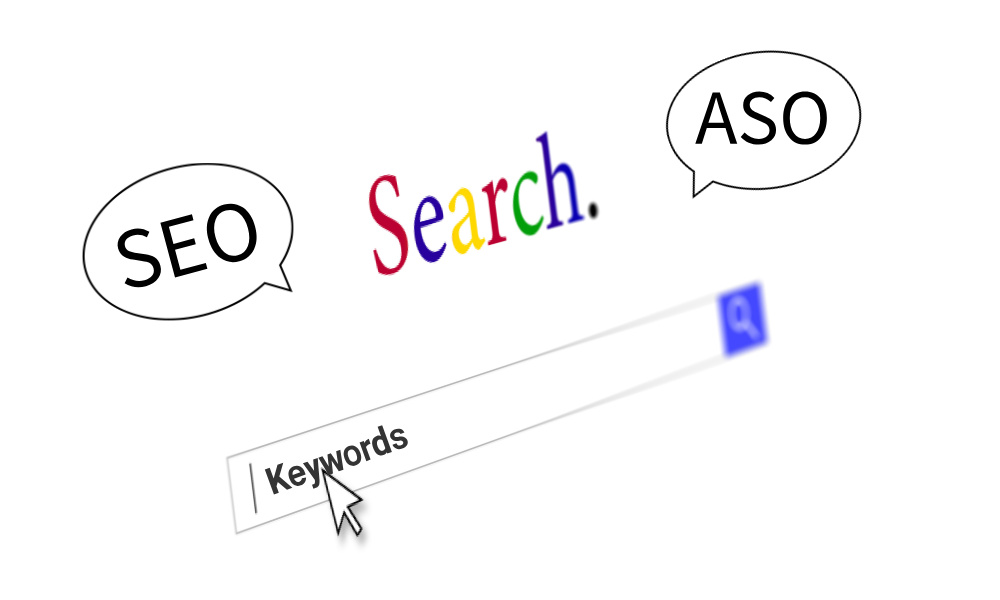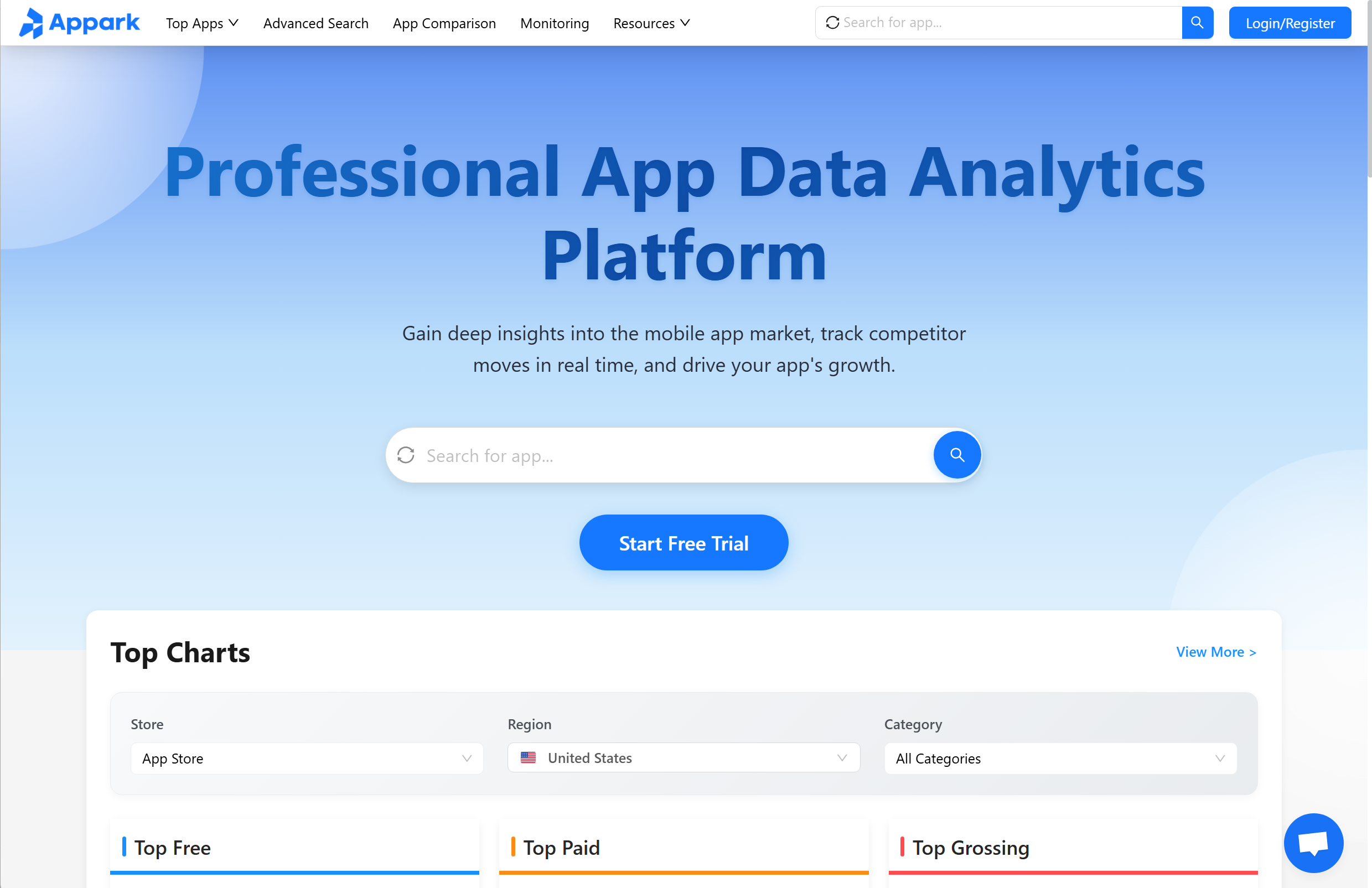ASO vs SEO: The Difference and How to Use Them to Grow Your App
 People often ask:
People often ask:
- Is ASO basically SEO for apps?
- Do they compete with each other — or do they actually work together?
- And if you already have an SEO strategy, can you just copy and paste it for your app?
These are fair questions. On the surface, ASO and SEO look similar — both are about getting discovered. But once you look closer, the mechanics are quite different.
So before comparing results, let’s get clear on what each of them actually does.
If you’re wondering ASO vs SEO, this section will show what each does and how to apply them effectively.
What ASO and SEO Each Actually Do
1. What is ASO?
App Store Optimization (ASO) focuses on improving your app’s visibility within app stores like the Apple App Store and Google Play. Its main goal is to attract more relevant users and boost organic downloads.
Key elements include:
- App title
- App subtitle
- App description
- Keyword
- Creative assets such as icons, screenshots, and videos
Beyond visibility, ASO also emphasizes conversion rate optimization, ensuring that users who find your app are motivated to download it.
2. What is SEO?
Search Engine Optimization (SEO) is the practice of increasing the quantity and quality of organic traffic to your website through search engines like Google or Bing.
SEO focuses on website visibility and click-through rate, including:
- Page content
- Headings
- Meta descriptions
- URLs
- Site structure
- Backlinks
The ultimate aim is to attract qualified visitors who engage with your content or take desired actions.
ASO vs SEO: Key Differences and Similarities
Module 1: Goals and Platforms
| Comparison | ASO | SEO |
|---|---|---|
| Core Objective | Increase app visibility in app stores and drive organic downloads | Improve website visibility in search engines and drive high-quality organic traffic |
| Primary Platforms | Apple App Store, Google Play | Google, Bing, Yahoo, and other search engines |
| Long-term Benefit | Stable downloads, active users | Brand awareness and sustained organic traffic |
| User Behavior Focus | App search and browsing, downloads, retention | Search queries, clicks, and time spent on page |
| User Intent Analysis | Understand what users are looking for in the app store | Understand what users are searching for online and why |
From years of doing ASO vs SEO, I’ve learned that the key is watching the app store search traffic closely. Users rarely scroll past the top results, so your app title, keywords, and screenshots must directly drive downloads. SEO, on the other hand, requires understanding what users are looking for in search engines and ensuring your pages deliver value that prompts clicks and engagement. The underlying principle is the same: break down user intent into actionable optimization steps and iterate continuously.
Module 2: Core Optimization Elements
| Comparison | ASO | SEO |
|---|---|---|
| Keyword Optimization | App title, subtitle, description, iOS keyword field | Page title, meta description, headings, URLs |
| Content Optimization | Feature descriptions, app benefits | Page content, blog posts, FAQs |
| Visual / Creative Assets | Icons, screenshots, preview videos | Page layout, images, charts, videos |
| Update Frequency / Iteration | Regular updates based on app performance and trends | Continuous content, technical, and structural updates |
| Competitor & Keyword Research | Track competitor app rankings and keywords | Monitor competitor websites, keywords, and traffic trends |
In practice, ASO vs SEO optimization is about turning every visible element into a trigger for downloads. Titles must match search intent precisely, and screenshots/videos should communicate the app’s value in seconds. SEO optimization requires structuring pages properly, creating high-quality content, and building authority signals. Both require testing, analyzing user behavior, and iterating based on data.
Module 3: User Behavior and Conversion
| Comparison | ASO | SEO |
|---|---|---|
| User Metrics | Downloads, retention, uninstall rate, ratings, reviews | Click-through rate (CTR), bounce rate, dwell time, shares |
| Conversion Optimization | A/B testing, custom product pages | Landing page optimization, strong CTAs, readable content |
| User Experience | App performance, UI smoothness, startup speed | Page speed, mobile responsiveness, clear navigation |
| Social Signals & Reputation | User reviews, ratings, social shares | Reviews, social shares, brand reputation |
Over the years, I’ve run countless small-scale ASO experiments: tweaking descriptions, swapping screenshots, adjusting keywords to see how downloads change. SEO experiments are longer-term—optimizing page titles, content structure, or acquiring backlinks while monitoring CTR and dwell time. The key in both ASO and SEO strategies is analyzing user behavior and turning every action into an optimization opportunity, rather than just stacking elements.
Module 4: Strategy and Paid Impact
| Comparison | ASO | SEO |
|---|---|---|
| Paid Advertising | Apple Search Ads, Google Ads can boost exposure | Google Ads, Bing Ads increase clicks but don’t directly affect organic rankings |
| Iteration Strategy | Track app performance, user feedback, keyword trends | Content optimization + technical SEO + link building |
| Growth Approach | Organic downloads + paid campaigns | Organic traffic + paid exposure |
| Data-Driven Optimization | Analyze downloads, user behavior, keyword performance | Analyze traffic sources, CTR, conversions, keyword trends |
| Multi-Platform / Device Adaptation | iOS vs Android, app version optimization | Desktop vs mobile, different browsers |
From experience with ASO vs SEO, paid ads only supplement growth. The real wins come from natural optimization. ASO allows rapid testing through small app updates, while SEO requires ongoing content creation and technical adjustments. In both cases, understanding user intent and platform algorithms is crucial for sustainable results in app marketing and mobile marketing.
Ranking Factors and KPIs
When it comes to ASO vs SEO, understanding the right ranking factors and KPIs is key. Both strategies rely on signals from users and platforms to determine visibility, but the signals differ depending on whether you’re optimizing for an app store or a search engine.
ASO Ranking Factors & KPIs
- Downloads & Install Velocity: How often users download your app within a given timeframe.
- Ratings & Reviews: Positive feedback boosts credibility and conversion rates.
- Keyword Performance: Search rankings for target keywords in the app store.
- Conversion Rate: How many users who view your listing actually install the app.
- Retention & Engagement: Active users and session frequency indicate long-term value.
SEO Ranking Factors & KPIs
- Organic Traffic: Number of visitors arriving from search engines.
- Click-Through Rate (CTR): How often users click your page from search results.
- Content Quality & Relevance: Pages that satisfy user intent rank higher.
- Backlinks & Authority Signals: Trusted websites linking to yours improve ranking.
- Engagement Metrics: Dwell time, bounce rate, and repeat visits signal content value.
From my experience managing ASO and SEO campaigns, the principle is similar: focus on the metrics that show real user behavior. For ASO, it’s not just about ranking for keywords but ensuring users actually download and engage with the app. For SEO, higher rankings matter only if visitors stay, interact, and convert. Both require constant monitoring and iteration based on data—your KPIs should directly reflect the outcomes that matter for growth. 
How ASO and SEO Work Together
Running an app and a website at the same time taught me one thing: you don’t have to treat ASO and SEO as separate worlds. They operate on different platforms, but both aim for the same goal—getting discovered by the right audience. The trick is understanding how each channel drives visibility and where insights can cross over.
Trends in one channel often inform the other. Popular Google search queries can reveal opportunities for your app, while app store search patterns can inspire new website content. ASO allows quick, small updates, whereas SEO requires longer-term content planning and technical adjustments.
Once you understand this high-level relationship, the next step is seeing how the same keywords perform differently across ASO and SEO, and how to leverage them for both app marketing and website growth.
How ASO and SEO Share the Same Keywords Differently
1. Keywords Work in Both Channels, But Context Matters
Even if your app and website target the same keyword, what users expect can differ. In ASO, “meal planner” means the user wants an app to download right now. On Google, it might mean they want a list of meal plans or nutrition tips. Understanding this distinction helps you optimize for ASO and SEO, making sure both your app and website meet user intent.
2. Using Insights from One Channel to Inform the Other
Tracking high-performing keywords in SEO can guide ASO decisions—like which terms to highlight in your title or description. Likewise, app store search trends can inspire new website content topics. The key is translating insights from ASO to SEO (and vice versa) without blindly copying, adapting each for its platform.
3. Tailoring Keywords to Platform Behavior
For ASO, I always integrate keywords in the app title, subtitle, description, and iOS keyword field. The goal is immediate discovery and download. SEO keywords, by contrast, need to fit naturally in page titles, headings, meta descriptions, and body content to capture clicks and engagement over time. Same words, different tactics.
4. Iteration Is Key
In practice, I test small updates: swapping ASO keywords, tweaking screenshots, or adjusting copy to see how downloads respond. For SEO, tests are slower—page structure, content quality, and backlinks take time to influence results. The core principle is the same: iterate based on real user behavior, not assumptions. 
Best Practices and Tools for 2025
1. Proven ASO & SEO Strategies That Still Work
In 2024, several publishers shared similar growth patterns after aligning their ASO and SEO strategies:
- Keyword Alignment Boost: A productivity app updated its App Store subtitle and meta description around the same keyword cluster (“task manager,” “to-do planner”). The result? +18% installs and +12% organic clicks within three weeks.
- Visual Update Impact: A gaming studio ran parallel experiments on Google Play visuals and YouTube thumbnails. Consistent branding increased CTR by 9% and store conversion by 15%.
- Localization Sync: A finance app coordinated keyword translations across its app store pages and localized blog content—Spanish installs grew 22% without any paid campaign.
- Content-Driven Ranking Lift: A health tracker app published blog articles matching its app keywords (“sleep tracker,” “wellness insights”)—those queries later appeared in app store search suggestions, doubling keyword impressions.
These cases show that ASO and SEO feed each other: improving visibility in one channel amplifies performance in the other.
2. Core ASO & SEO Tools to Keep You Ahead
- Google Analytics / Search Console – SEO monitoring for traffic, CTR, and audience behavior.
- Appark – Tracks competitor app performance, revenue and download data, and category trends.
- Sensor Tower – Competitor and market intelligence for app rankings, revenue, downloads.
- ASOTools.io – Deep ASO analytics: keyword rankings, difficulty scores, revenue and download data.
- Mobile Action – User behavior insights and keyword overlap analysis between apps.
- AppsFlyer – Ad attribution and app marketing analytics.
Used together, these tools give you a complete view — ASO vs SEO, downloads vs traffic, rankings vs content performance. 
ASO vs SEO: The Future Isn’t a Choice, It’s Integration
At this point, it’s clear that ASO vs SEO isn’t really a competition. Both matter, just in different spaces.
Users might search on Google before heading to the App Store, or discover your app first and then look for your website. SEO insights can shape your ASO strategy, while ASO performance often inspires new web content. That’s where real growth happens.
Keep testing, stay close to user behavior, and let the data guide your next move.